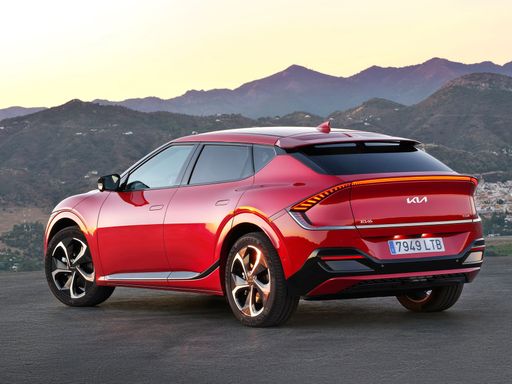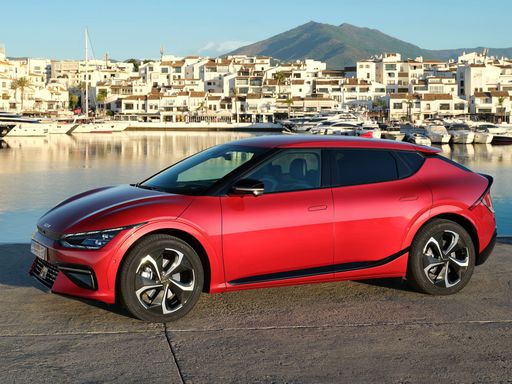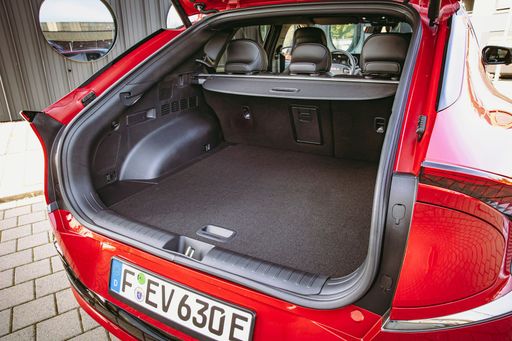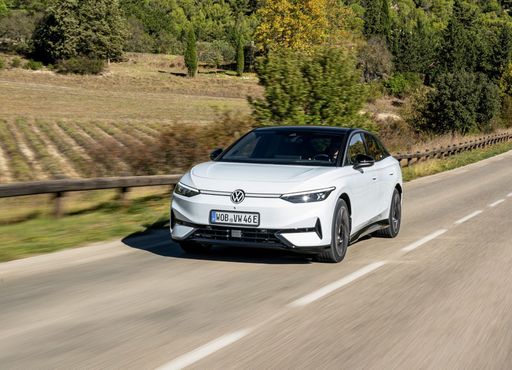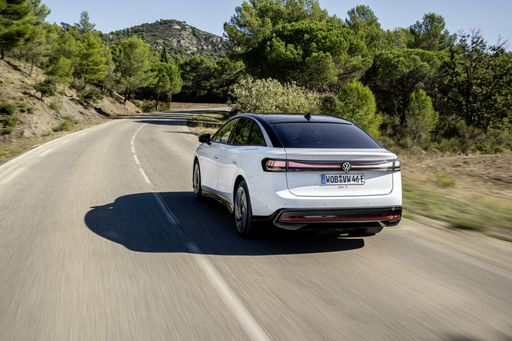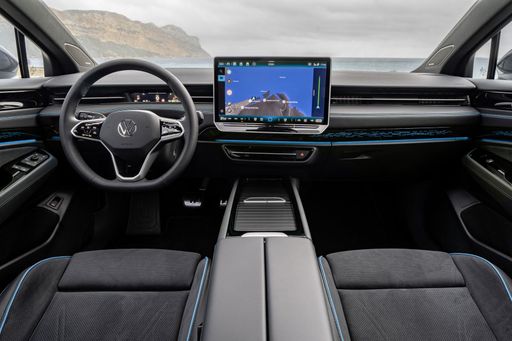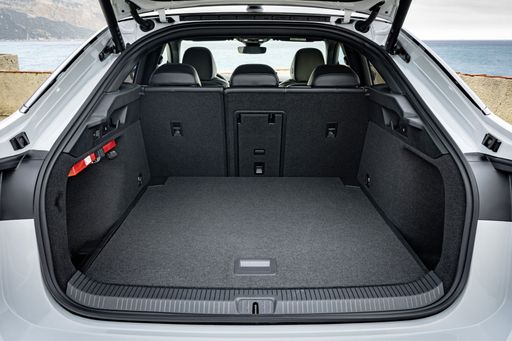Introduction: The Electric Revolution
As the automotive industry accelerates towards electrification, two models stand out in the electric vehicle (EV) landscape: the Kia EV6 and the VW ID.7. Both vehicles are designed for a sustainable future, offering cutting-edge technology, impressive performance, and unique styling. In this comparison, we'll explore their technical aspects, innovations, and what sets them apart in this growing segment.


